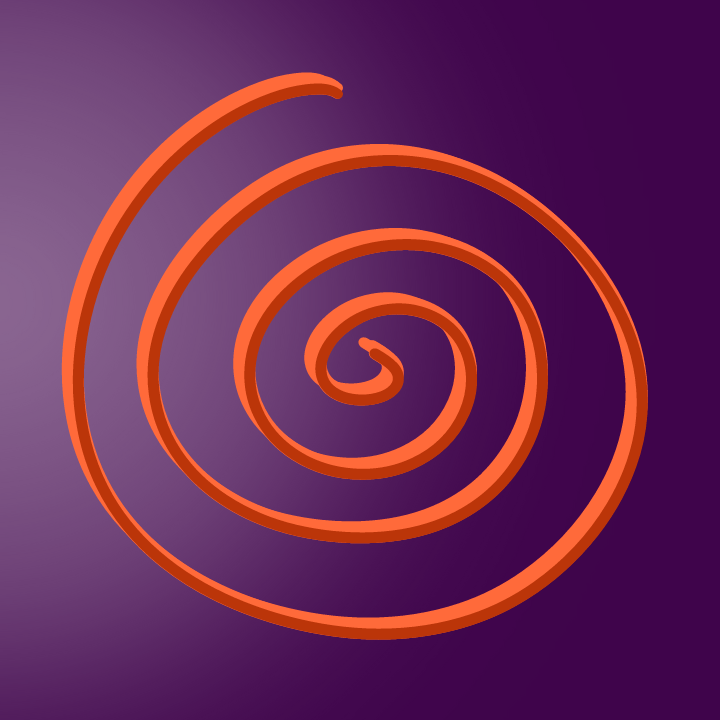Exploring the Diversity of Biosamples: Beyond Blood and Tissue
Within the realm of biomedical research, the exploration of biosamples has long been synonymous with the study of blood and tissue. These traditional sources have undoubtedly been invaluable in unraveling the mysteries of human health and disease. Nevertheless, as technology advances and our understanding of biology deepens, researchers are more and more recognizing the necessity to diversify their toolkit. In this pursuit, they’re venturing past the confines of blood and tissue to explore an enormous array of other biosamples. From saliva to stool, tears to hair, and even breath, this increasing landscape of biosamples presents distinctive insights into human biology and illness pathology.
Saliva, often dismissed as a mere bodily secretion, has emerged as a rich source of biological information. It accommodates a plethora of molecules, together with DNA, RNA, proteins, and metabolites, making it a treasure trove for researchers. Salivary diagnostics, once a distinct segment discipline, is now gaining momentum as a non-invasive and simply accessible technique for illness detection and monitoring. From oral cancer to infectious ailments like COVID-19, saliva-based mostly tests are paving the way for fast and cost-efficient diagnostic solutions.
Moving additional down the digestive tract, stool samples offer a glimpse into the intricate ecosystem of the intestine microbiome. The trillions of microbes residing in our intestines play a pivotal position in human health, influencing everything from digestion to immune function. By analyzing the composition and performance of intestine microbiota by way of stool samples, researchers are unraveling its position in various diseases, together with inflammatory bowel diseases, obesity, and even neurological issues like Alzheimer’s disease.
Beyond bodily fluids, unconventional biosamples resembling tears are additionally garnering attention. Tears comprise a diverse array of proteins, hormones, and metabolites, reflecting not only ocular health but additionally systemic conditions. Tear-based mostly diagnostics hold promise for diseases starting from dry eye syndrome to diabetes and could supply a non-invasive window into total health status.
Even something as seemingly mundane as hair can provide valuable insights into human biology. Hair strands protect a record of exposure to environmental toxins, drugs, and even dietary habits over an extended period. Evaluation of hair samples has been instrumental in forensic science and toxicology and is now being explored in fields like nutritional research and personalized medicine.
Perhaps one of the crucial intriguing biosamples is exhaled breath. Each breath we take accommodates a posh mixture of unstable natural compounds (VOCs) that mirror our metabolic state. Breath analysis, known as breathomics, holds immense potential for diagnosing a wide range of illnesses, together with cancer, asthma, and metabolic disorders. With the advent of advanced analytical strategies such as mass spectrometry and electronic nostril units, breathomics is poised to revolutionize early disease detection and personalized medicine.
The exploration of diverse biosamples is not without its challenges. Every type of sample presents its own set of technical hurdles, from standardization and pattern collection to storage and analysis. Moreover, ethical considerations surrounding the usage of biosamples, particularly these obtained from vulnerable populations, must be caretotally addressed.
Despite these challenges, the rewards of venturing past blood and tissue are substantial. By tapping into the wealth of information contained in different biosamples, researchers can achieve a more complete understanding of human biology and disease pathology. Moreover, the non-invasive nature of many of these sampling methods makes them particularly attractive for inhabitants-wide studies and distant monitoring.
As we proceed to push the boundaries of biomedical research, embracing the diversity of biosamples will be paramount. By broadening our scope beyond traditional sources, we are able to unlock new insights, develop innovative diagnostics, and ultimately improve human health in ways we as soon as deemed unimaginable. From saliva to breath, the possibilities are limitless, and the journey of exploration is just beginning.
If you enjoyed this article and you would such as to receive more information regarding selling samples to biotechnology companies kindly go to our own page.
Related Articles
The commonest Make New Friends All Over The World Debate Is not So simple as You Might imagine
“Making supplementary connections from every exceeding the world can be a daunting task, especially past we all arrive from alternating backgrounds and cultures. However, as
Answers about Geology
Married At First Sight fans are convinced Billy Vincent… It is of English origin and is more commonly found in the United Kingdom. He graduated
Outspell: Spellbinding Wordplay for Word Enthusiasts
Outspell is an exciting and addictive word game that challenges players to build words and outsmart their opponents. Developed by Arkadium, Outspell offers a unique
Answers about Job Interviews
To write a bio poem, follow these steps: Start with your name. Write three adjectives describing yourself. List three things you enjoy. Share two accomplishment
DIVA4D AGEN TOGEL DAN SLOT GACOR 2024
00000025 If you loved this short article and diva4d toto you would like to receive more details about DIVA4D link kindly visit our own site.
